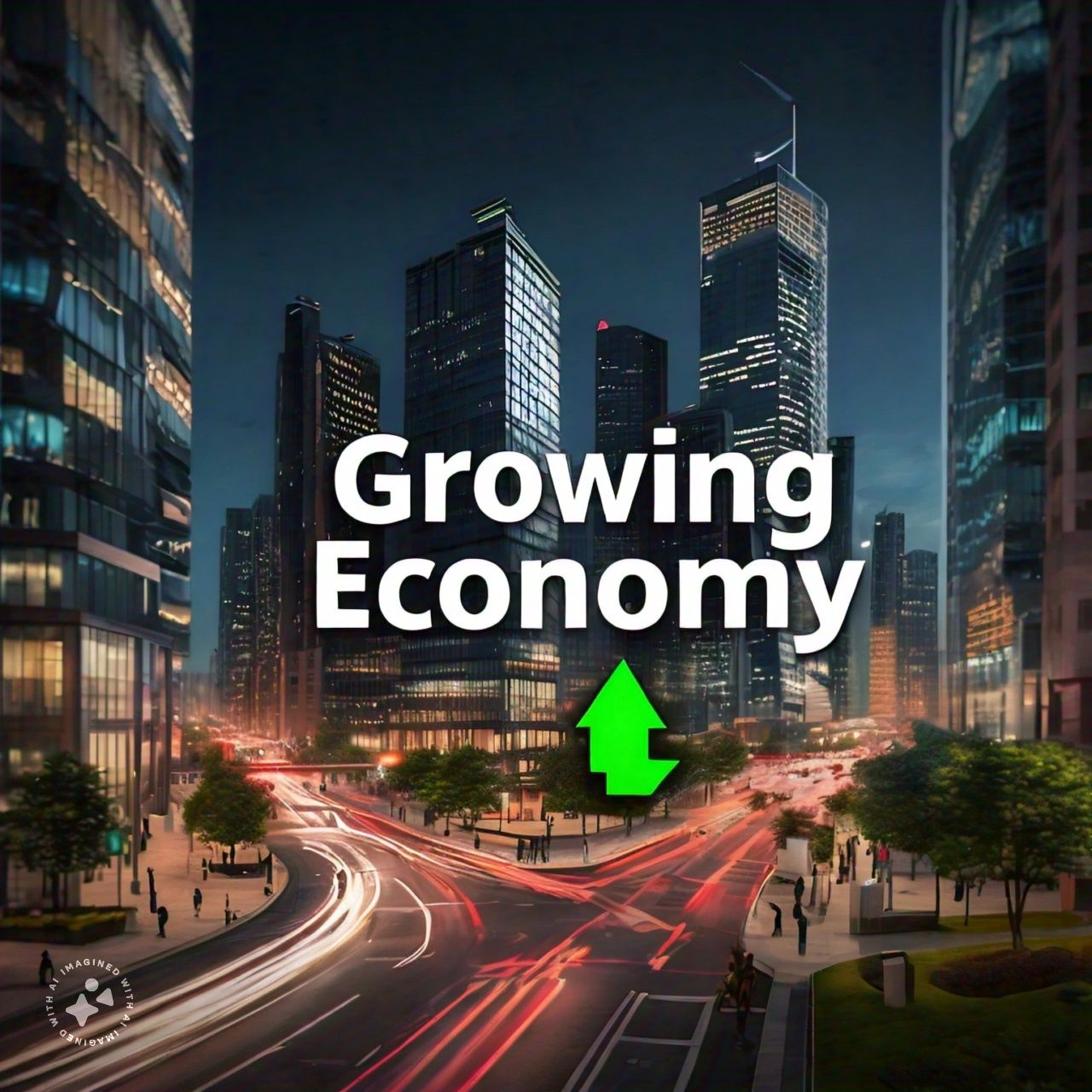
THE FUTURE EDUCATION IS HERE
The future of education is a fascinating canvas, where innovation and transformation blend seamlessly. Let’s peer into the crystal ball and explore what lies ahead:
- 1.Personalization and Self-Guided Learning: Education will become increasingly personalized, catering to individual needs, interests, and learning styles. Self-guided learning paths, adaptive content, and personalized assessments will empower students to take charge of their education journey.
- 2.Digital Technologies as Catalysts: Digital tools, virtual reality, and artificial intelligence will revolutionize the classroom experience. Imagine interactive simulations, immersive historical reenactments, and personalized AI tutors guiding students through complex subjects.
- 3.Disintermediation and Lifelong Learning: The medieval model of universities and traditional schooling will undergo disintermediation. Lifelong learning will be the norm, with professionals continuously upskilling and reskilling throughout their careers.
- 4.Skills Over Content: While content remains essential, skills will take center stage. Critical thinking, creativity, adaptability, and emotional intelligence will be valued more than rote memorization.
- 5.Global Collaboration and Cross-Cultural Learning: Technology will facilitate global collaboration, connecting students across borders. Cultural exchange programs, joint projects, and virtual classrooms will enrich perspectives.
- 6.Value for Money and Outcome-Based Metrics: Students and parents will demand value for their investment in education. Outcome-based metrics, employability rates, and real-world application of knowledge will matter.
- 7.Alternative Credentials and Microlearning: Traditional degrees will coexist with microcredentials, nanodegrees, and digital badges. Bite-sized learning modules will allow learners to acquire specific skills efficiently.
Remember, the future likes to surprise us, but by envisioning alternative scenarios, we can better prepare our education systems for the unknown. Let’s embrace change, adapt, and create a brighter educational landscape!




